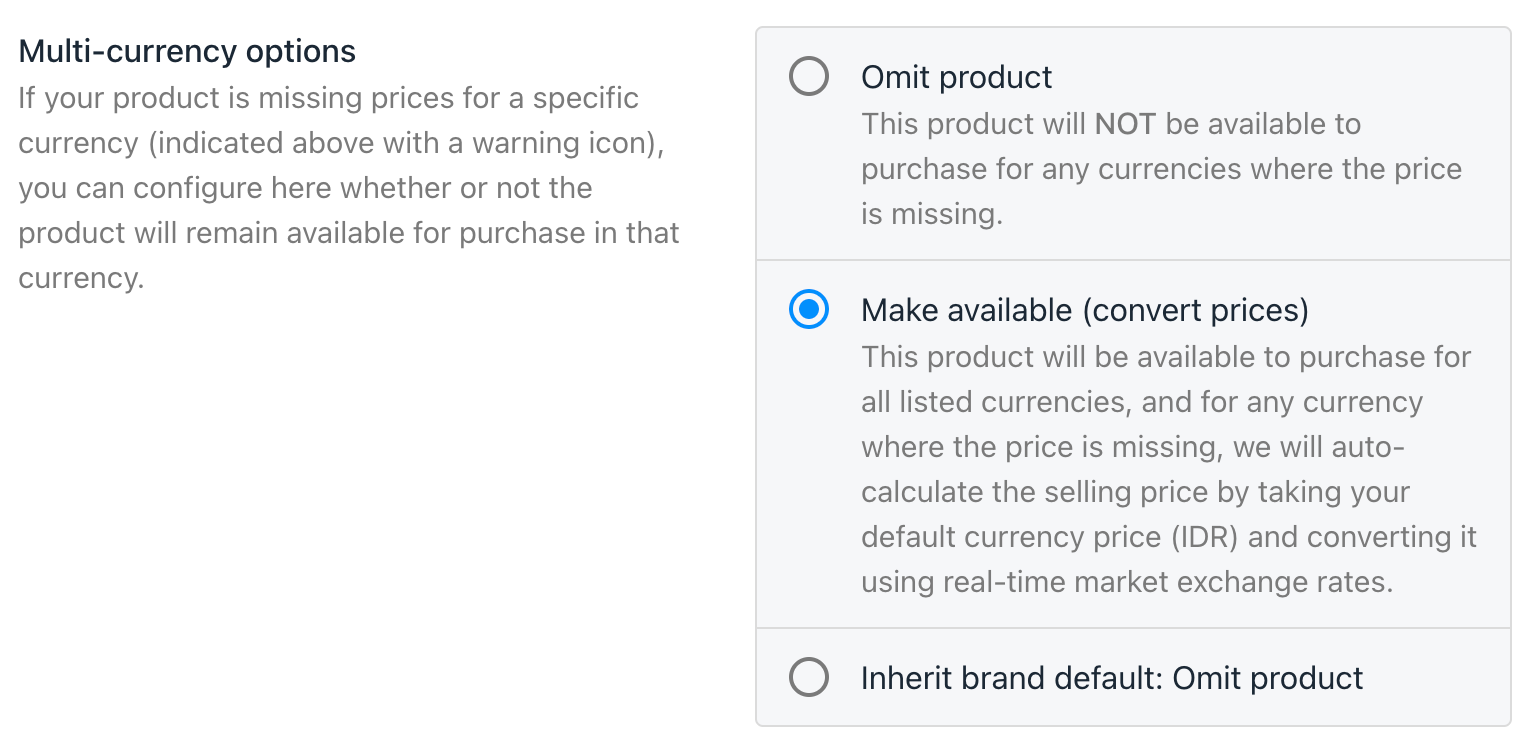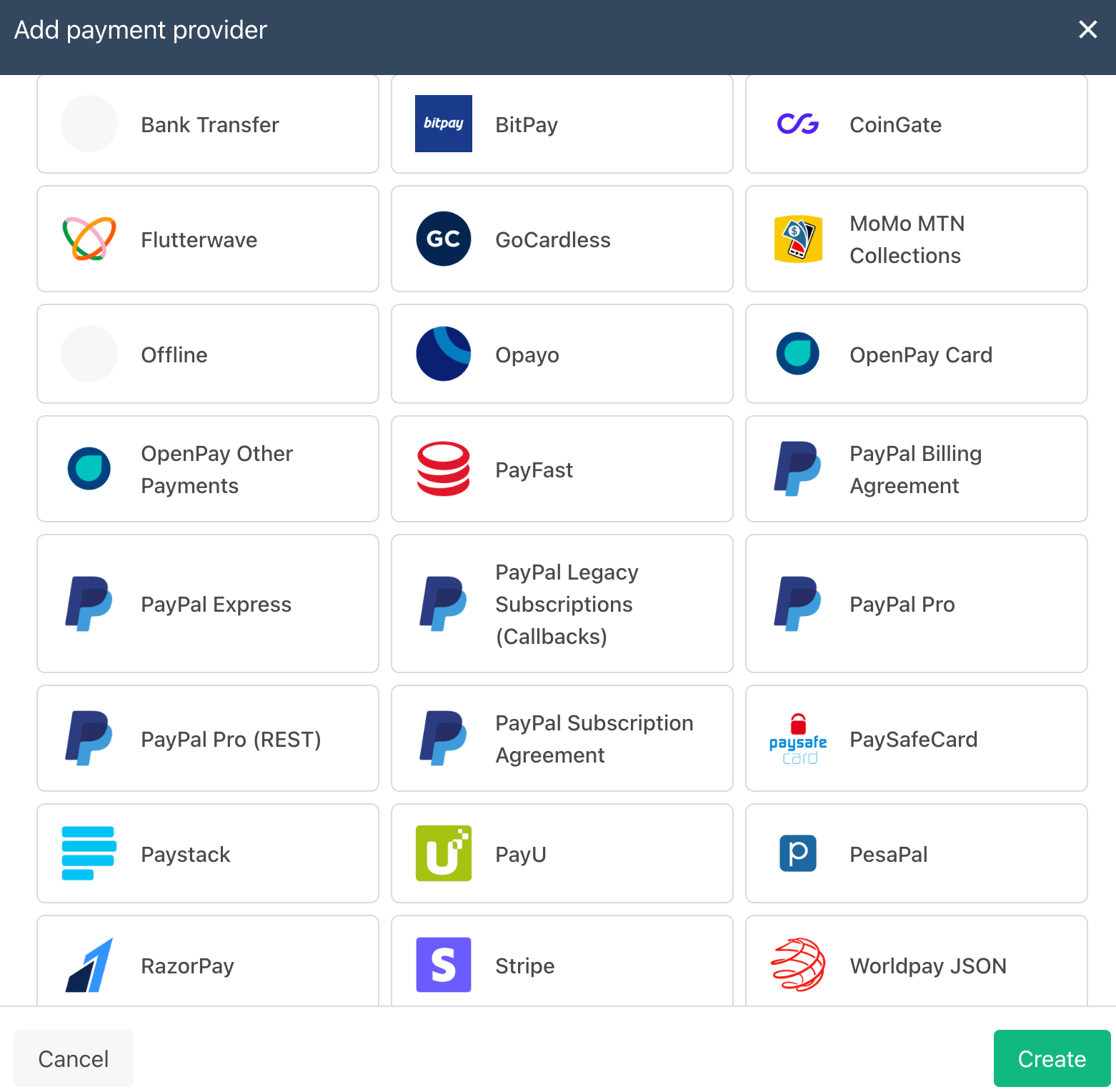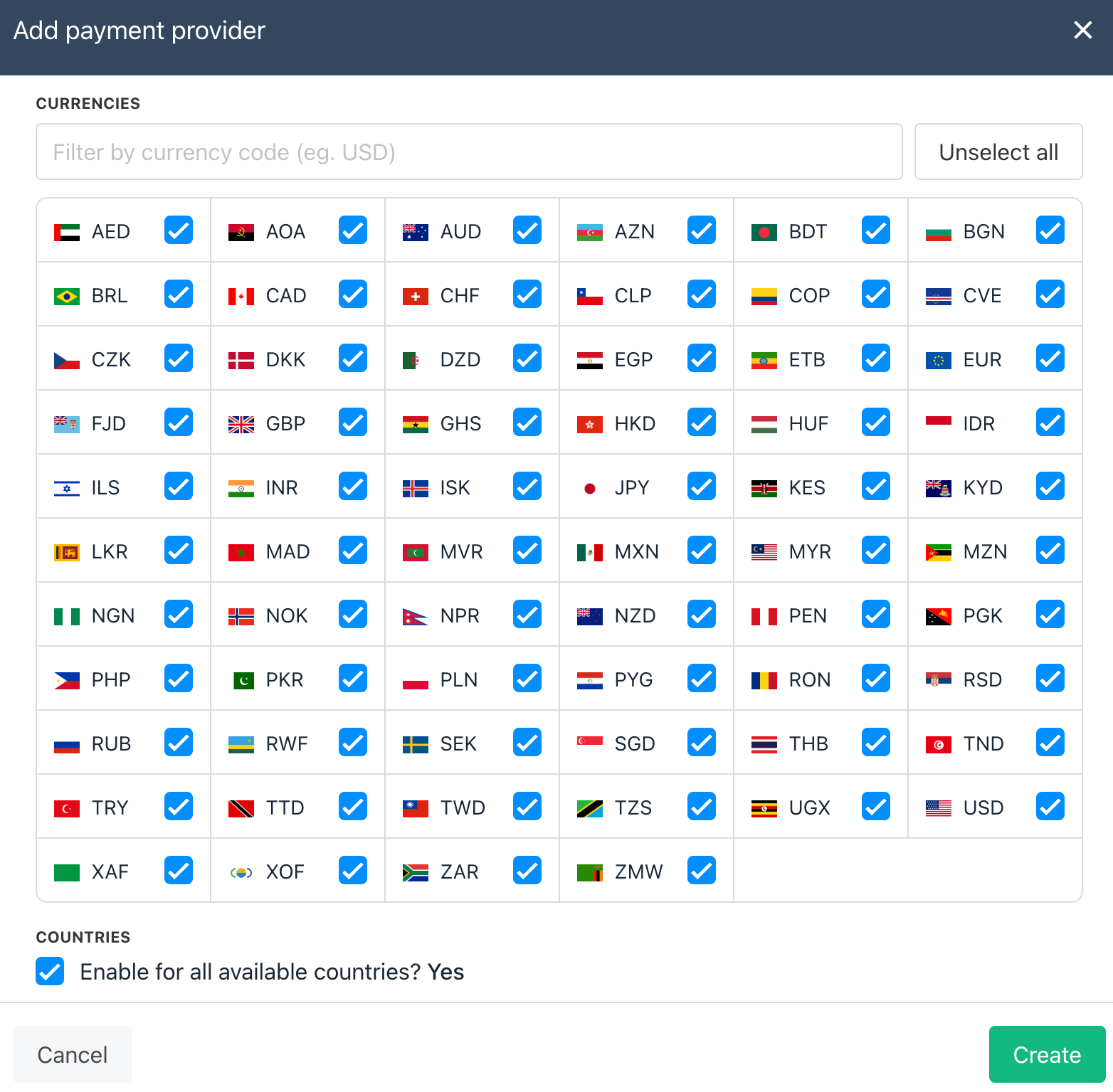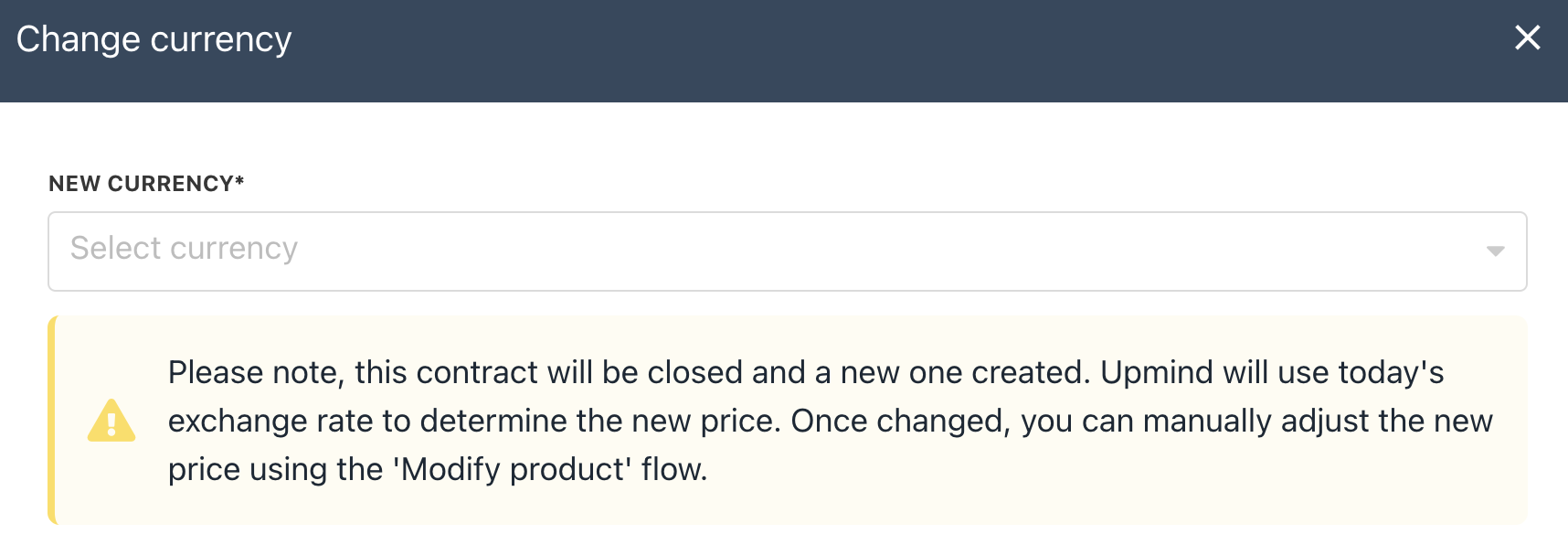How to Add Currencies and Exchange Rates
Customize exchange rate from the base currency
Overview
Your base currency is an important setting that you need to set once you’ve created an Upmind account as it will reflect in your payment gateway and reporting revenue. In this article you will find :
- Base Currency
- Product Pricing
- How to manage currency from the Payment Providers
- How to manage the exchange rate and price.
- Recurring price calculation
- Auto-conversion
- Client default currency
- Changing the currency of a services
Base Currency
Your store has a base currency. The price of every product or service in your store is set with that currency. Every other price or currency value in other currencies is stored as a rate of exchange to that base currency.
Based on your base currency and exchange rates (either automatic or manual), you can display products and services to a global audience with automatic currency conversions.
Once your first invoice is created you’re not allowed to change your base currency.
Product Pricing
Each product that you create in your catalog can have prices set in multiple currencies for each term. Upmind gives you several currency options when setting product prices.
- Manually set prices for one or more currencies.

to set each product's price under the product billing
- Choose the auto-convert display feature. Upmind automatically converts base currency prices to the client's preferred currency based on the exchange rate settings.

This can be configured on a per-product basis.
How to Manage the Currency from the Payment Providers
Currencies can be added and removed by associating them with payment gateways. When a currency is added to a payment gateway, then it will show in your store as a currency option.
- Login to Upmind account.
- Go to Settings.
- Click Payment Provider under the E-commerce Setting Headings.
- Add payment providers. Fill out the column that is required. Then scroll down to find Currencies.
If you select some or all currencies then it will automatically appear on the Settings -> Currencies, which you can manage the exchange rates manually. - Click Create and the payment providers will appear on the client checkout page.

To add payment providers based on your preferences.

You can either choose some or all currencies here.
How to Manage Exchange Rates on Upmind**
By default, Upmind will auto-convert at the market rate. This is useful for doing a quick accurate conversion, but as a store owner, you may want to convert a rate that is more beneficial for you.
If you decide to set your exchange rates manually from your base currency, then you can follow the steps below:
- Login to Upmind account.
- Go to Settings.
- Click Currencies under the Brandings and Customisations Headings.
- On Manual exchange rates, you can manage the exchange rates manually.
You can set manual exchange rates in any direction. On each currency click the unchecked box of Dynamic rate then you can fill in the exchange rate manually based on your preference.

to set the exchange rate manually.
Paying Invoice in a Different Currency
Each client can set his preferred payment currency or by default, all of the documents will be paid with it. As an admin, we can enable it under Setting -> Payment options.

Recurring price calculation
Set the price adjustment (if any) of recurring products or services.
- Click the field.
- Select an option. The choices are:
Keep the original rate.
Recalculate the price with the current exchange rate.
Use current rates but keep the same price for current clients.

Recurring price calculation
Auto-conversion
Check the box to automatically calculate missing currency prices.

Auto conversion
Client default currency
Each client has a default currency, which is the currency they see when they load your store for a new order. They can change both their default currency and override the currency they choose when ordering.
Changing the client's default currency does not change the currencies of any existing subscriptions, though those can be changed individually.
Changing the currency of a service
A staff member can change the currency of a service by going to the settings tab under that service subscription and scrolling down to find Change Currency.
Behind the scenes this will close the existing contract and open a new one in the new currency, matching the due dates and provisioning information.

Updated 12 days ago